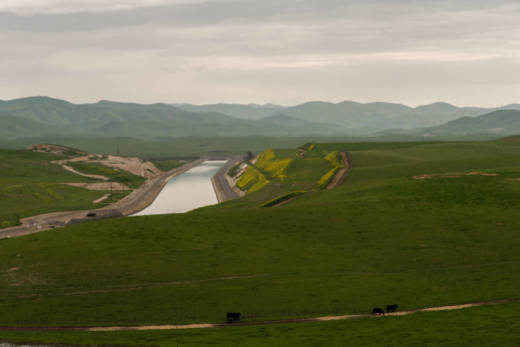Sinking land caused by intensive groundwater pumping in the San Joaquin Valley is releasing trapped arsenic — a known carcinogen — into aquifers that supply irrigation and drinking water for a million people, according to a new study published Tuesday in the journal Nature Communications.
Arsenic, a naturally occurring chemical in the Earth’s crust, is undetectable by the human senses and has been linked to a host of diseases including heart disease, diabetes, and cancer. Researchers at Stanford University say residents should be concerned about arsenic levels in their water supply.
“Arsenic is associated with the clay layers in the groundwater system from which they pump their water,” says study co-author Rosemary J. Knight, a professor of geophysics at Stanford. “Overpumping is going to release that arsenic, and there has been significant overpumping during the recent droughts.”
The link between subsidence (or sinking land) and pumping of fresh water from underground is well-established, according to the US Geological Survey. A previous study led by Knight found that one way of reducing the negative impact of extracting water from the clay layers is for farmers to pull water from more shallow sand and gravel layers.
Knight added that residents who obtain their water from a private domestic well in an area that has experienced subsidence are wise to get the water checked for arsenic.
